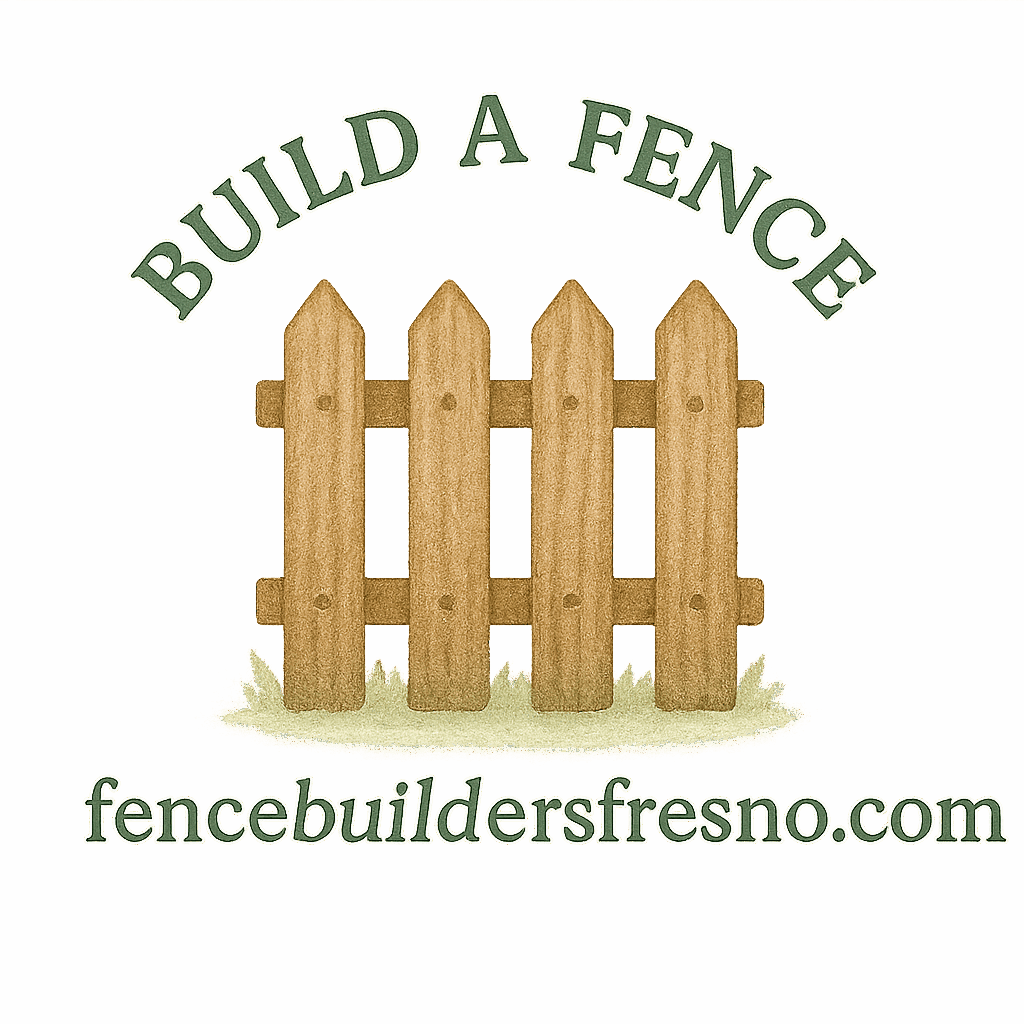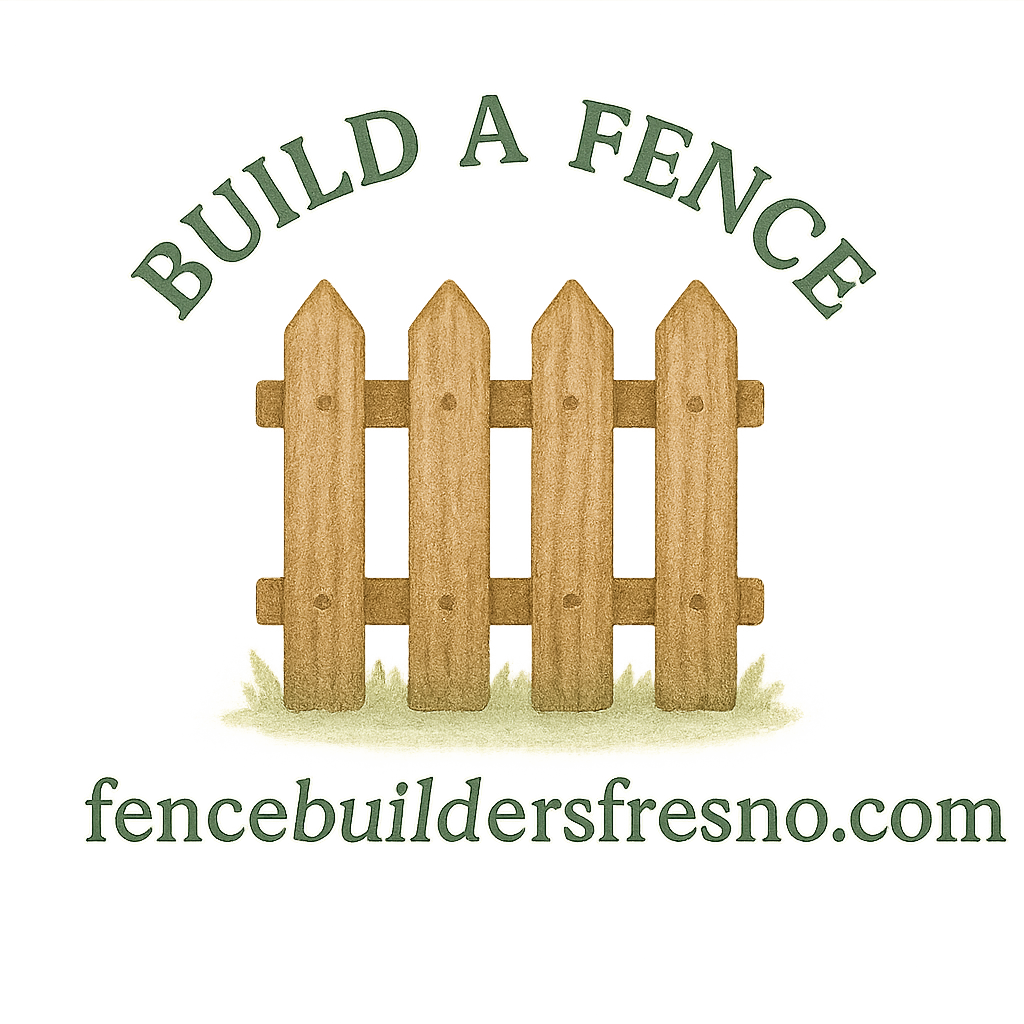Introduction to DIY Fencing
Planning to build your own fence? Smart move! DIY fencing not only saves you money but also gives you full control over the style, size, and finish. But before you start digging holes and hammering posts, remember this golden rule: measure twice, build once. Getting the measurements right is the foundation of any successful fencing project. If you’re new, check out this handy guide on fence building basics to get the fundamentals down.
Why Accurate Measurements Matter
Avoiding Costly Mistakes
Skipping careful measurements can leave you with a crooked fence or piles of wasted materials. Proper planning helps you avoid overspending and frustration.
Enhancing Fence Durability
Strong fences start with solid math. When posts are evenly spaced and buried at the right depth, your fence will withstand weather and time. For more insights, see the section on durable fencing.
Improving Property Value
A straight, well-built fence improves curb appeal and adds value to your property. A poorly measured fence, on the other hand, screams “DIY disaster.”

Essential Tools for Fence Measurements
Measuring Tape
You’ll need a heavy-duty tape (at least 100 feet) to cover large yard perimeters.
Stakes and String
Essential for mapping out property lines and keeping your fence straight.
Level and Plumb Line
Your best defense against a leaning or uneven fence.
For a complete supply checklist, visit fence design and planning.
Measurement #1: Property Lines
Confirming Legal Boundaries
Start by identifying exact property lines. Building outside them can lead to fence encroachment issues and legal headaches.
Common Property Line Disputes
Many neighbors argue about where the fence should sit. Checking with your local office or hiring a surveyor prevents disputes about property rights.
Measurement #2: Fence Length
Calculating Total Linear Feet
Measure the total run where the fence will go. This helps estimate the number of posts and panels needed.
Considering Gate Placement
Always subtract the width of gates from your total length. Learn more about designing functional access points in fence installation tips.
Measurement #3: Post Spacing
Standard Post Distances
The sweet spot is 6 to 8 feet apart. Go wider, and the panels may sag; too close, and you’ll overspend.
Adjustments for Different Materials
Vinyl fences allow slightly wider spacing, while wooden fences need closer supports for stability.
Measurement #4: Post Depth
Soil Conditions and Post Stability
A general rule: bury one-third of the post underground. Loose soil may require deeper holes.
Frost Line Considerations
In cold regions, dig below the frost line to avoid shifting posts. More guidance is available in legal property considerations.
Measurement #5: Fence Height
Local Regulations on Fence Height
Many cities restrict front yard fences to 3–4 feet and backyards to 6–8 feet. See legal fencing requirements before you start.
Matching Fence Height to Purpose
Want privacy? Go for taller fences. Just containing pets or decorating? Shorter ones might do. For ideas, check decorative fence designs.
Measurement #6: Gate Openings
Standard Gate Widths
Pedestrian gates: around 36 inches. Driveway gates: 10–16 feet.
Double vs. Single Gates
A single gate works for small access, but a double is better for cars or equipment. Explore options in front yard fencing ideas.
Measurement #7: Slope and Grade
Measuring Uneven Terrain
If your property isn’t flat, record elevation changes.
Racked vs. Stepped Fence Designs
Stepped fences look neat but may leave ground gaps, while racked fences hug the slope. See DIY fencing solutions for uneven terrain.
Measurement #8: Material Quantities
Wood Fencing
Count pickets, rails, and posts carefully. Learn more in this guide to wood fence care.
Vinyl and Metal Fencing
Panels are usually pre-measured, making calculations easier. Compare your options with fence types and comparisons.
Measurement #9: Clearance and Setbacks
Utility Line Clearances
Always check underground before digging. Call your utility company for safety.
Setback Rules from Property Lines
Some municipalities require setbacks. This is especially important in shared spaces with boundary fences.
Bonus Tip: Measuring for Aesthetic Balance
Measurements aren’t just about function. Align your fence with landscaping and home architecture for a professional finish. Check out home fencing design ideas.
Common Mistakes in Fence Measurements
Forgetting Gate Swing Space
Nothing’s worse than a gate that won’t open fully. Plan extra swing clearance.
Ignoring Slopes
Never assume your yard is flat—slopes can throw everything off.
Overestimating Material Quantities
Buying way too much wood or vinyl wastes money. Get advice on low-maintenance fencing options to minimize waste.
Expert Tips for Accurate Fence Measurements
Double-Check Every Dimension
A quick re-measure can save a lot of money.
Use Professional Marking Tools
Contractor-grade markers, chalk lines, or spray paint are far more reliable. Find more upkeep tips for accurate results.
DIY vs. Professional Fence Installation
When DIY Works Best
Flat yards and simple designs are perfect for DIYers.
When to Call the Pros
Complicated slopes, large projects, or legal disputes may require professional help.
Conclusion
DIY fencing is a rewarding project, but it all comes down to precision. By mastering these nine essential measurements—property lines, length, post spacing, post depth, height, gate openings, slope, material quantities, and clearance—you’ll create a fence that’s both functional and beautiful. The right prep ensures your fence will last for years while avoiding common pitfalls. Remember: good fences don’t just make good neighbors, they make confident DIYers too.
FAQs
Q1: How deep should fence posts be buried?
Around one-third of their height, or deeper if soil is loose.
Q2: What’s the standard post spacing?
Typically 6–8 feet, though vinyl can stretch further.
Q3: Can I build directly on my property line?
Yes, but check property line rules to avoid issues.
Q4: How do I measure a fence for a sloped yard?
Record elevation changes, then decide on racked or stepped fencing.
Q5: What height works best for privacy fences?
6–8 feet, but confirm with local fence regulations.
Q6: Should I buy extra material?
Yes—about 5–10% extra for errors and future repairs.
Q7: Is DIY fencing always cheaper than hiring professionals?
Usually, but professional help can save money in tricky fence installation cases.


